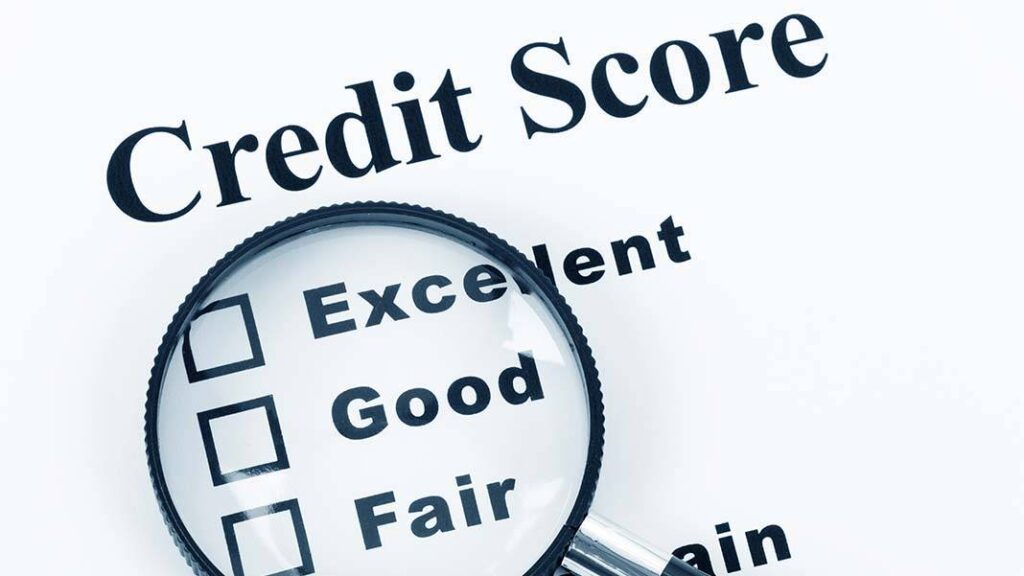Your credit report is like a financial fingerprint, reflecting your creditworthiness and financial habits. A healthy credit portfolio is essential for securing loans, mortgages, and even potential job opportunities. Lenders use this report to assess your credit risk, determining whether you are a responsible borrower. To build and maintain a robust credit portfolio, you must understand the key elements that contribute to a positive credit report. In this blog, we will explore the essential items you should have on your credit report for a healthy credit portfolio.
- Timely Payment History:
One of the most critical factors affecting your credit score is your payment history. Lenders want to see a consistent track record of on-time payments. Late payments, defaults, or delinquencies can significantly damage your credit score. To maintain a healthy credit portfolio, ensure that you pay all your bills, loans, and credit card dues on or before the due date.
- Low Credit Utilization:
Credit utilization refers to the percentage of your available credit that you’re currently using. Keeping your credit utilization low (ideally below 30%) shows that you are not overly reliant on credit and can manage your finances responsibly. High credit utilization can negatively impact your credit score and indicate financial instability.
- Diverse Credit Accounts:
Having a mix of different types of credit accounts can positively impact your credit report. This diversity includes revolving credit accounts (credit cards), installment loans (e.g., auto loans, personal loans), and retail accounts. Demonstrating responsible management across various types of credit showcases your ability to handle different financial responsibilities.
- Length of Credit History:
The length of your credit history is an essential aspect of your credit report. A longer credit history provides a more comprehensive view of your financial behavior, enabling lenders to assess your creditworthiness accurately. If you’re just starting to build your credit portfolio, maintaining older accounts can be beneficial for this aspect of your credit report.
- Few or No Negative Items:
Negative items such as bankruptcies, foreclosures, and collections can have a severe impact on your credit report. Aim to keep these to a minimum and work on resolving any outstanding negative issues to improve your credit health. Negative items can remain on your credit report for years, so it’s crucial to be proactive in addressing them.
- Regularly Checking Your Credit Report:
Monitoring your credit report regularly allows you to identify any errors or discrepancies and take necessary actions to rectify them promptly. Obtaining a free credit report annually from each of the major credit bureaus (Equifax, Experian, and TransUnion) can help you stay informed about your credit standing.
Conclusion:
Building a healthy credit portfolio is a gradual process that requires consistent financial discipline and responsible money management. Your credit report plays a pivotal role in determining your creditworthiness, affecting various aspects of your life. By ensuring timely payments, maintaining low credit utilization, diversifying your credit accounts, and addressing any negative items, you can bolster your credit score and create a robust credit portfolio. Remember to monitor your credit report regularly and make smart financial decisions to secure a bright financial future.

